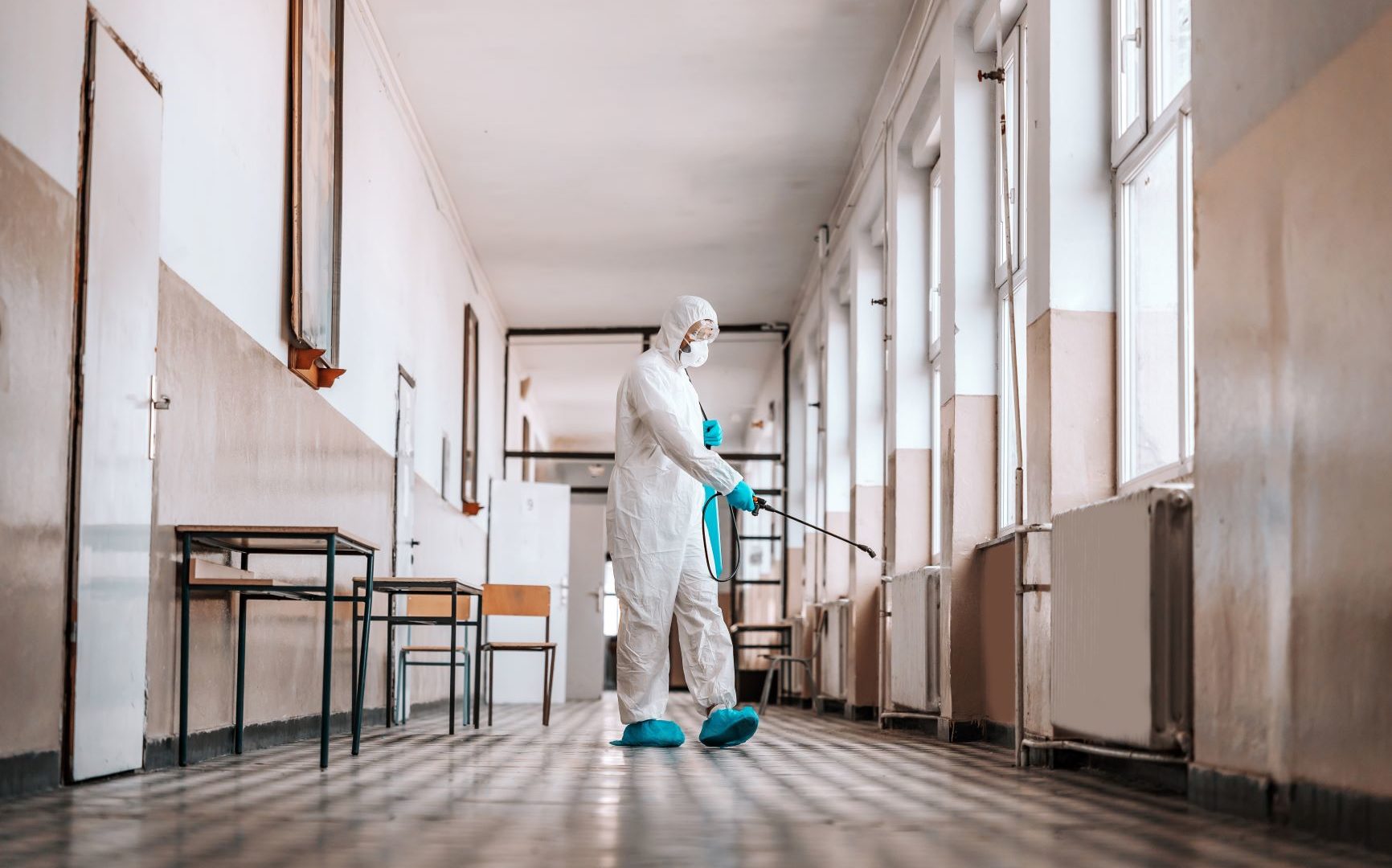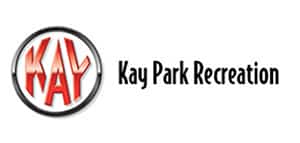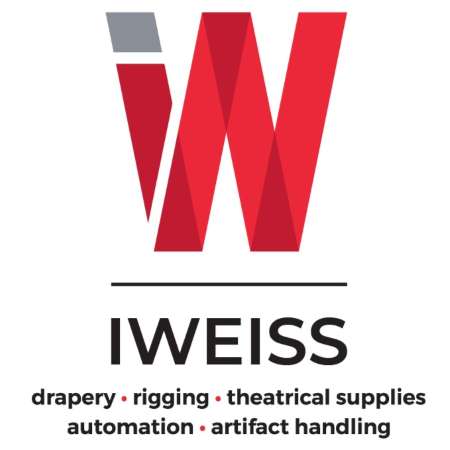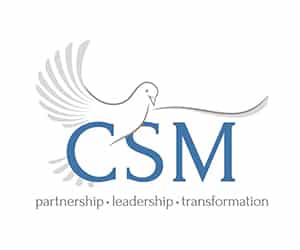By Bob Ogren
This back-to-school season will go down in history. Eyes around the nation were fixated on schools as administrators and board members made decisions about re-opening plans in the wake of the coronavirus pandemic. Private Christian schools played a big role in the return to school, in part because some families needed other options when remote public education was unfeasible.
An August 2020 survey by the National Association of Independent Schools (NAIS) reported that 58% of private schools surveyed experienced a “larger than average” number of inquiries about admissions. The NAIS also found more than 80% of private schools expected to either partially re-open or have full in-person classes. For comparison, the Center on Reinventing Public Education’s review of 477 districts in early August found only 40% of public schools planned on full in-person classes, while just over half had announced plans for a hybrid model.
Any school that brings students and teachers back into the building faced the same challenge: reducing the potential for an outbreak of COVID-19. In addition to social distancing, the most proactive thing schools can do is provide a clean learning environment.
One industry that has always been highly focused on combatting the presence of pathogens and harmful contaminants is food manufacturing. Food processors must adhere to federal guidelines that protect public health as well as their brand’s reputation.
So, what lessons can educational facilities learn from food safety and sanitation?
Assessing the Risks and Developing a Sanitation Strategy
The Food and Drug Administration (FDA) requires certain food producers to develop a unique plan known as a Hazard Analysis Critical Control Point (HACCP). This management system is designed to prevent and address biological, chemical and physical risks.
The first two principles of HACCP involve conducting a hazard analysis and determining critical control points. The FDA suggests having a “brainstorming” session in which key participants identify possible hazards and create a list of what could go wrong as well as what should be addressed in the documented plan.
For educational facilities, this could mean thinking through a typical school day, considering the flow of students and staff, and noting the most likely scenarios where viruses could spread from person to person or be left behind on surfaces.
In food manufacturing, critical control points are steps at which essential actions are taken to prevent or eliminate a food safety hazard. This could include food temperature checks or environmental monitoring for biological contamination.
In schools, many critical control points entail sanitation procedures on surfaces in high-traffic areas, such as cafeterias, gymnasiums, locker rooms and restrooms. These are areas that should be sanitized daily, and if possible, multiple times per day after use.
Establishing Best Practices in Your School
Following the analysis of risks and identification of key areas on which to focus, schools should have a specific, documented plan. Writing down processes makes it clear what needs to be done, when it needs to be completed, how the school should handle it and why to do it.
A school’s sanitation strategy should include a team led by an individual who understands the risks and can oversee the implementation of the documented controls that are put in place.
Many schools have already introduced strategic changes, including social distancing practices, hand sanitizer in classrooms and the use of personal protective equipment such as masks. After assessing the risks, it’s likely that ideas for other changes will emerge.
For example, if students in the cafeteria have been taking silverware out of a community bin, a school could change the flow at lunchtime so that a designated person wearing gloves hands out utensils as needed. Drinking fountains may also need to be turned off, and students can be asked to bring personal water bottles to school instead.
An increase in the amount and frequency of cleaning may dictate a change in other schedules in order to accommodate proper sanitation. Gym classes and lunch periods may need to be staggered in such a way that crews have time to sanitize surfaces in-between uses.
“More sanitation more often” is a mantra of the new normal. While it may cause some inconveniences, the challenges of adapting are better than the consequences of a COVID-19 outbreak.
Improving Sanitation Efficiency and Effectiveness
As a school applies sanitation measures to keep the facility clean and reduce the potential for spreading disease, administrators can also choose to invest in the right products and equipment to get the job done.
That could include examining your janitorial staffing needs as well as the chemicals being used to sanitize surfaces in the school. The Environmental Protection Agency provides a list of surface disinfectants that meet criteria for use against COVID-19.
One common type of product is a hydrogen peroxide and peracetic acid (PAA) solution. It’s an antimicrobial agent that’s used often in food processing as well as healthcare facilities.
Parents with concerns about the products being sprayed on school surfaces can rest easy. The reality is, many of these chemicals are already in a school’s supply closet, and they are generally safe. The only difference is that these cleaning supplies will need to be used more often as preventive steps are taken against the coronavirus.
A significant challenge for schools will be how to quickly and efficiently sanitize large areas such as gyms, locker rooms, and cafeterias. Going through a large room with spray bottles and towels to wipe down all surfaces is time-consuming, and it’s easy to miss a step.
This is an opportunity to consider something like a mobile sanitation system that cuts down on time and human error while improving coverage. The right cleaning equipment can be easy to use around restricted spaces such as bleachers or between tables.
Food producers are actively looking for ways to automate sanitation in their facilities, both to lessen labor needs and to produce reliable, repeatable processes that reduce risks. Educational facility managers can do the same.
With more than 22 years of experience in the food safety and food equipment industry, Bob Ogren knows the value of custom equipment and integrated chemistry. As vice president of Birko equipment, Bob continues to lead the division in developing, servicing and supporting new industry-leading equipment for the protein, further processing and produce markets.










